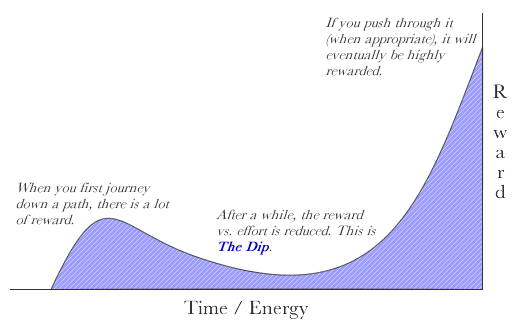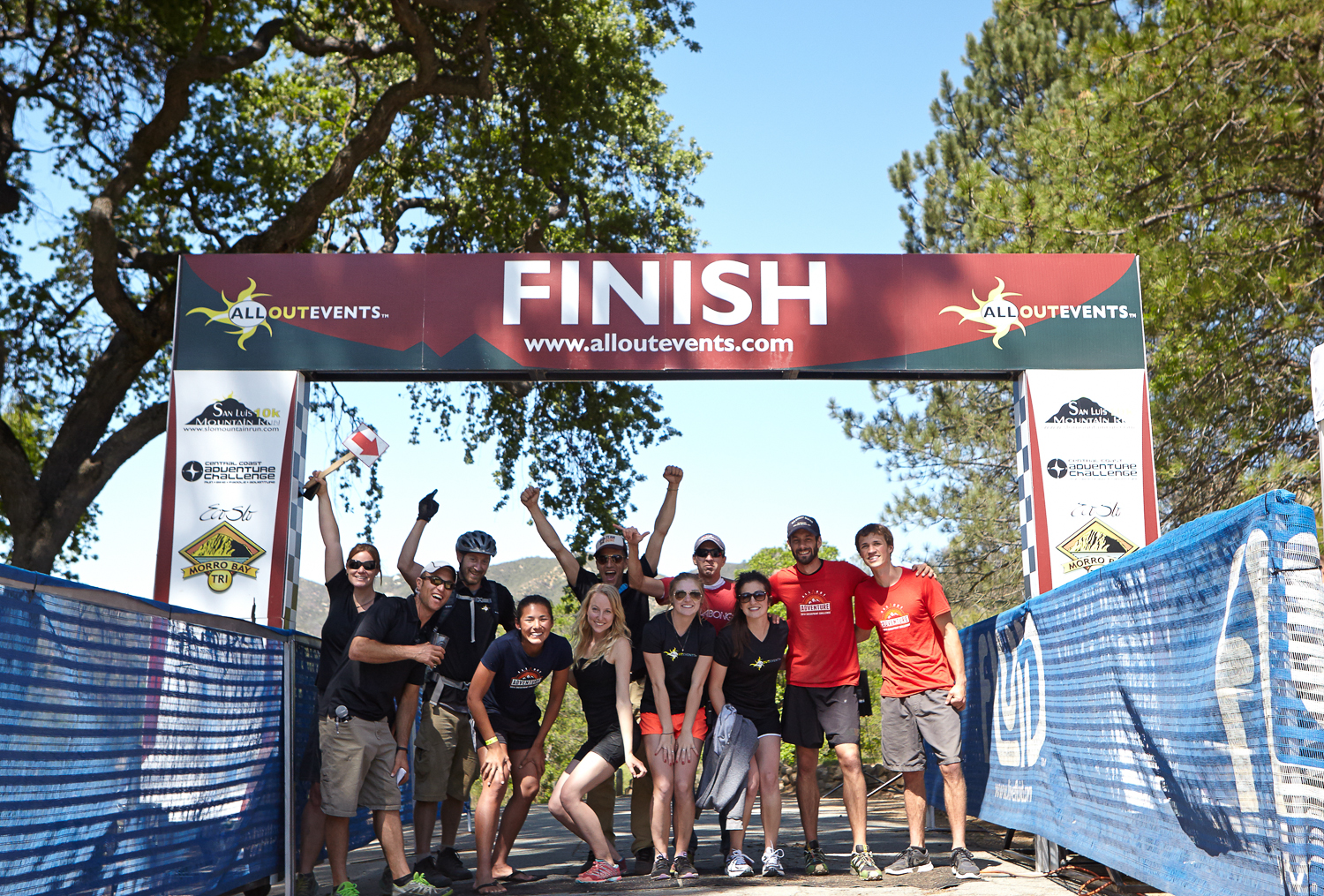6/2018: This is the start of what later became our book.
We did it because we wanted to make something short for people to follow instead of meeting with everyone all the time for event planning assistance. It was also helpful for us to do the steps in order.

Don’t get caught hanging around
People contact us all the time asking us to put on this or that event. And while the concept of extra cash is awesome, it’s a pretty good truth that doing lots of things means you do them mediocrely. So, instead, we at All Out Events proudly present our method to Put On a Really Awesome Event (PORAE).
How to ace event planning:
Pick your location and pick your sport.
These two go hand in hand – sure, anyone can put on a 5k about anywhere, but we believe that to PORAE, the location should dictate the course. You want your event participants to be wowed, and the best way to do that is to think about what makes them do that. Location, paired with sport, is what matters. Also, work with the authorities for the area – know your laws and rights.
Pick your reason.
Why exactly are you doing this? About to sign on for umpteen hours lost, stressing about finite details and issues you had no idea were going to happen? For people to yell at you about things you kind of think are small potatoes? Pick your reason and believe in it. This will get you through the darker moments and it will help you sell the event to sponsors, volunteers, and participants.
Pick your demographic.
Based on your reason, you’re going to aim your event at somebody. That somebody is going to shape the feel of the whole thing. If you’re aiming for rich men in their 80s, your language and visuals, along with the course and prizes are going to be different than a whole gaggle of teenage girls. You may say, “But everyone is my demographic.” Wrong. Think about Apple vs PC. Are they targeting everyone these days, or do they know their audience and cater to them?
Pick your time of year.
Knowing who you are attracting will help with this. Weather can be a factor, as will be wildflowers and unique details like how busy your town is (ie, if you live in a college town and you attract college students, summer’s probably not a brilliant idea). If you’re attracting regular competitors, check race calendars and find out what people’s training schedule is. If it’s a school event, put it closer to September, when everyone is excited about school, rather than June, when everyone is over it.
Determine your course.
Just as location should have been your true inspiration, now the details of the course come together, informed by who you want at your race, why you’re doing it (torture = hills, love = flat), and what time of year it goes on (maybe that venue is too full to do it then?)
Now that you have all these things down, it’s time to pay attention to branding!
We cannot say enough about logo design.
You don’t need to spend thousands of dollars, but you do need to figure out a way to boil down the flavor of your race to something visual that leads it. For example, for our Mud Mash, we have “Happy Pig.” Whenever we make a decision about the event, we ask, “Would Happy Pig approve?” 
Using your logo and your event vision, it’s time to develop a website.
And again, while you can spend oodles of money on flash, the reality is – for most smaller, first year events, the connections you have, the posters you make, and the word of mouth you generate is really enough. These things drive people to the site for info. And, if you did your homework on the above, there will plenty of people “making it flashy” for you without too much effort.
Set up registration.
You can take mail-in reg, but it’s usually better to go with an online registration service – most services offer turnkey solutions that you just process by filling in form inquiries, and you’ll take care of waivers, actual registration, contact info collection, demographic data, and payment processing without much hassle. Active.com is a great site – but expensive. We are currently working with Eventbrite, tpoo, who has awesome customer service and work to customize your registration to your needs.
Find champions to promote your events
Maybe they are beneficiaries, or friends, co-workers, whatever.
- Arm them with posters and promotional cards.
- Send them to meetings.
- Send press releases out and talk to the media.
- Give people ample time to hear about it and be trained up for it.
Logistics!
Get insurance.
Look for an association in your sport that sanctions in exchange for insurance. They help draw people in, promote, and insure you. Otherwise, you’ll need to shop a commercial broker.
Make sure you design solid advertising.
- Posters are a better investment than anything, and pretty cheap.
- Be sure to give shirts away at your event for year-over-year word of mouth. Good luck figuring out shirt sizing. We’ve yet to get it perfect. Order samples!
Course marking
When you mark your course, assume your racers are stupid! They aren’t obviously. But the problem is, during race day, you kind of put your head down and make assumptions. Mark it like your dog is trying to follow the arrows. Use people wherever you can (the racers ignore those, too). We’ve used tape to mark off a trail and people jump right over it.
Timing
You can go super cheap and do it yourself by getting bib numbers with rip-off bottoms and just collecting them on a wire clotheshanger unstrung. Or, you can get fancy and hire a timing company. You get what you pay for.
Think about the finish experience.
We remember best what happened last. What do you want your racers to come away thinking? Is this a big, fat party, a reverent celebration, or a quiet time?
Sponsorship
- Sponsorship is really hard to come by. Unless you’re pulling giant numbers, you need to work hard to get big cash.
- Look in unusual places – ask companies to help you with supplies you need, like food or word of mouth.
- Customize your options, don’t just make it cookie-cutter.
- Get swag – this is part of that finish experience.
Videographers/photographers
People like photos of themselves. They’ll buy them, too. You can hire someone to take it, or get someone to take photos for free and post them online for sale. Make sure you can use them, too.
Get visual collateral from the event. Photos are great and video is king.
There you go – basic event production in a nutshell!





 Born out of people constantly asking us how to get started, All Out Events poured their almost 20 years into diverse event production into this little baby. The second edition has even more information, new images, and updated ideas!
Born out of people constantly asking us how to get started, All Out Events poured their almost 20 years into diverse event production into this little baby. The second edition has even more information, new images, and updated ideas!

 Today I sat in my annual tourism board meeting to support our request for local funding. The thing that kept coming up again and again is how small events (aka, put on with shoestrings by a non-professional team) needed more support, support, support.
Today I sat in my annual tourism board meeting to support our request for local funding. The thing that kept coming up again and again is how small events (aka, put on with shoestrings by a non-professional team) needed more support, support, support.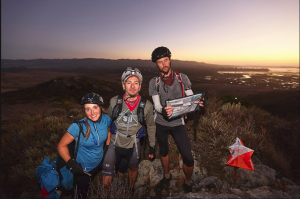
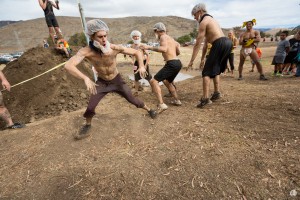
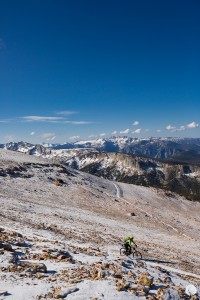
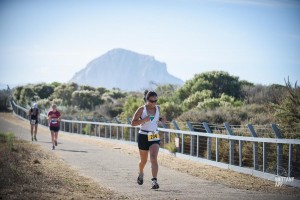
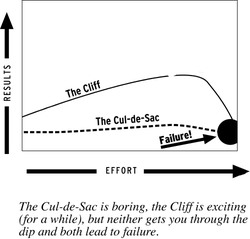 This chart shows you three possible paths for your endeavors – you’ll feel really good as your effort starts to go up but then . . . CRASH! or you’ll be fighting a good long time and then . . . CRASH!
This chart shows you three possible paths for your endeavors – you’ll feel really good as your effort starts to go up but then . . . CRASH! or you’ll be fighting a good long time and then . . . CRASH!